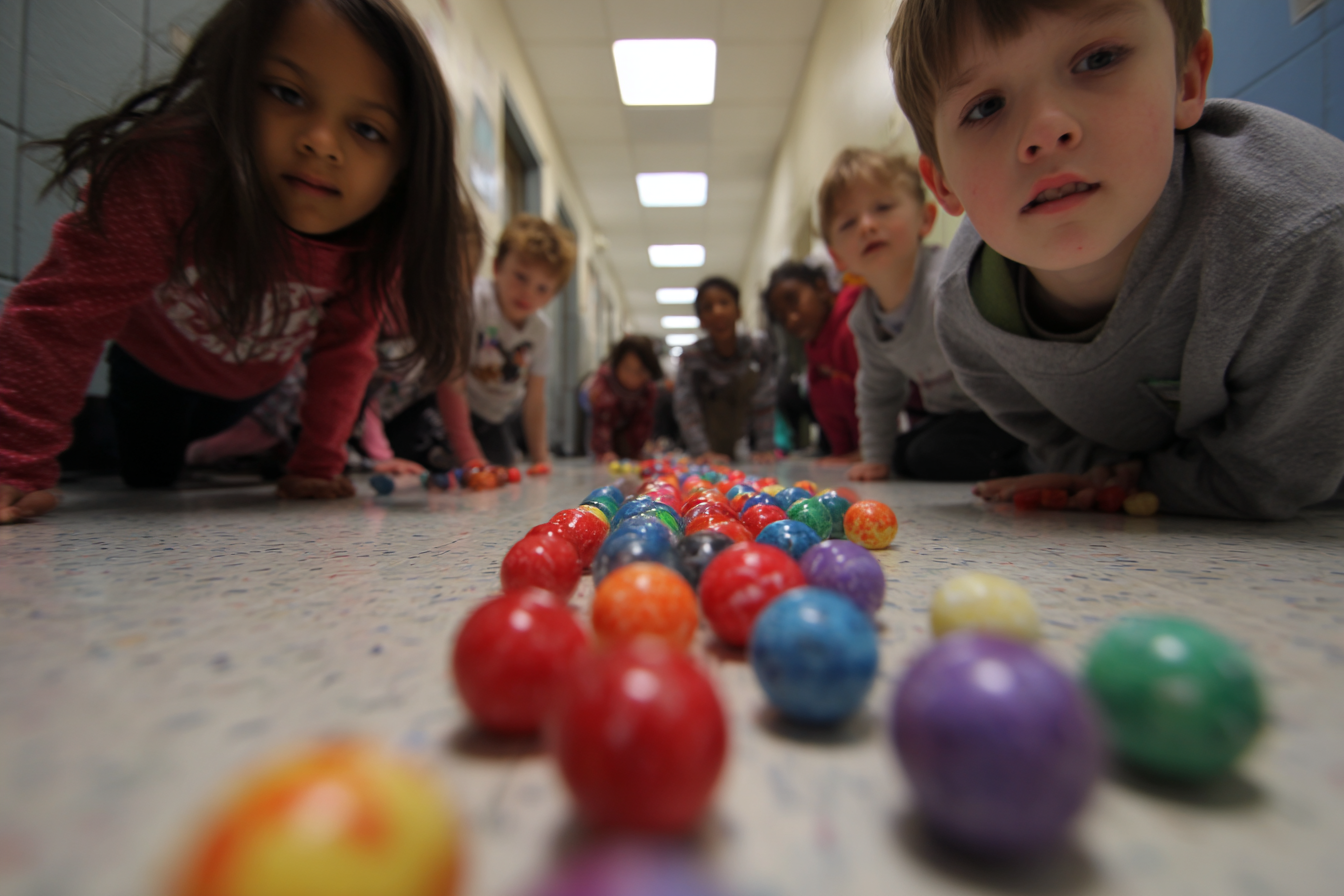Lesson Plan (Grades K-2): Math Marble Run - Building, Timing, and Graphing Motion
Hands-on K–2 marble-run lesson: design tracks, time each segment, record averages, and graph results to build early measurement & data skills.

Lesson Title: Math Marble Run: Building, Timing, and Graphing Motion
Grade Level: Grades K–2
Subject Area: Mathematics (Measurement & Data) / Engineering Design
Overview Marbles racing down homemade tracks are thrilling—and they also offer an accessible way to introduce young learners to measurement, data collection, and graphing. In this multi-session STEAM lesson, students will act as junior engineers: designing and constructing marble runs from simple materials (cardboard tubes, foam board, tape), timing the marble’s travel through distinct track segments, and organizing their results in data tables. Over multiple trials, they will calculate average times, create bar graphs to visualize which track segments are fastest or slowest, and discuss factors influencing marble speed (angle, material friction, curvature). This hands-on exploration cultivates early math skills—comparing quantities, interpreting data, and basic graph reading—while reinforcing teamwork, problem-solving, and fine motor coordination. By the lesson’s end, students will have a tangible project to share and a concrete understanding of how measurement and data inform design improvements.
Objectives and Standards
Learning Objectives
- Design & Construction: Construct a stable marble run using cardboard tubes, ramps, and craft materials, identifying at least three distinct track segments.
- Measurement & Timing: Use a stopwatch or timer to measure the time for a marble to travel each segment across three consistent trials.
- Data Recording: Accurately record individual trial times and compute an average time for each segment in a structured data table.
- Graph Creation: Represent average segment times on a simple bar graph, labeling axes and bars clearly.
- Data Interpretation: Compare segment speeds to determine fastest and slowest sections, and articulate reasons (angle steepness, surface texture, length).
- Collaborative Reflection: Work in teams to discuss design strengths and propose modifications to improve marble run speed or stability.
Standards Alignment
- Common Core State Standards – Mathematics
- K.MD.A.2: Directly compare two objects with a measurable attribute in common (faster vs. slower segment).
- 1.MD.C.4: Organize, represent, and interpret data with up to three categories (time segments).
- 2.MD.D.10: Draw a bar graph to represent a data set with up to four categories on a single-unit scale.
- Next Generation Science Standards (NGSS)
- K-2-ETS1-2: Develop simple sketches or models to illustrate how shape of an object helps it function as desired (marble run shape influences speed).
- NGSS Crosscutting Concepts
- Patterns: Observing and recording consistent behavior across trials to identify fastest segments.
- Cause and Effect: Linking track design features to marble speed outcomes.
